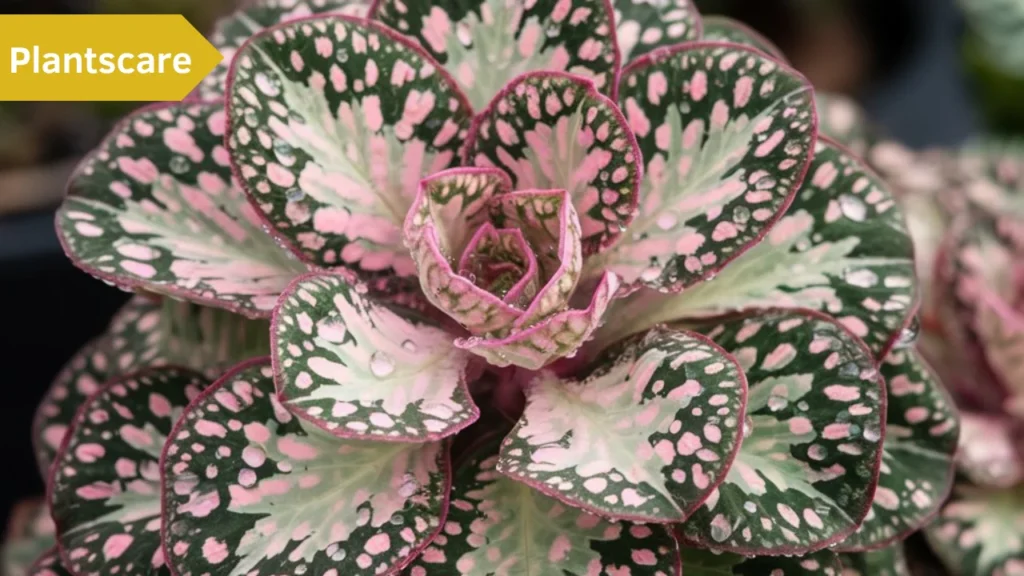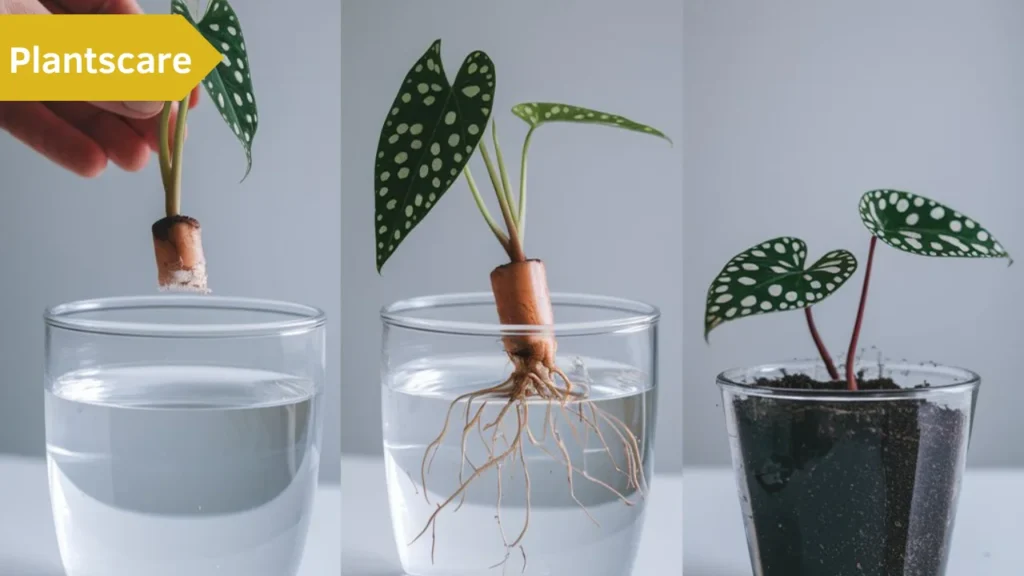The “Polka dot plant” (Hypoestes phyllostachya) is one of the most eye-catching indoor plants you can add to your collection. Its vibrant, speckled leaves come in shades of pink, red, and white, which give it a charming appearance, almost as if it’s been painted. A native of Madagascar, this plant is beloved for its aesthetic appeal and easy maintenance.
Why choose polka dot plant for indoors?
Aesthetics and appeal
The polka dot plant adds a burst of color to any indoor space. Its unique patterns and vibrant colors are a refreshing break from the typical greens found in most houseplants. Whether placed on a windowsill or integrated into a larger indoor garden, the polka dot plant can enhance the visual appeal of your home.
Air purifying qualities
Not only is the polka dot plant beautiful, but it’s also beneficial for your living space. Like many indoor plants, it helps improve air quality by filtering out toxins and producing oxygen, making your home environment fresher and healthier.
Best indoor conditions for polka dot plant
Light requirements
Polka dot plants thrive in bright, indirect light. Direct sunlight can be too harsh, causing the leaves to fade or burn, while low light conditions can result in leggy, sparse growth. A spot near a bright window with filtered sunlight is perfect.
Ideal temperature and humidity levels
The ideal temperature range for the polka dot plant is between 60°F and 75°F (16°C to 24°C). These plants also enjoy higher humidity levels, making them perfect for bathrooms or kitchens. If your home tends to be dry, consider misting the plant regularly or placing a humidifier nearby.
Watering the polka dot plant
Frequency of watering
Polka dot plants like to be kept evenly moist, but not soggy. When the top inch of soil appears dry to the touch, water the plant. Take care not to overwater since this can cause rot in the roots.
Best watering practices
To water your polka dot plant, use room temperature water, ensuring it’s evenly distributed around the base. It’s a good idea to allow excess water to drain out of the pot, as polka dot plants are sensitive to soggy soil.
Soil requirements for polka dot plant
Types of soil mix
The polka dot plant prefers a well-draining soil mix. A standard indoor potting mix works well, especially if it contains ingredients like perlite or vermiculite to aid in drainage.
Potting and repotting tips
Repot your polka dot plant once every 1-2 years or when it outgrows its current pot. In order to keep water from building up at the bottom of the container, choose one with drainage holes.
Fertilizing your polka dot plant
Best fertilizers to use
A balanced, water-soluble fertilizer is best for the polka dot plant. Search for one that has the same amounts of potassium, phosphorus, and nitrogen (N-P-K).
Fertilizing Schedule
Feed your polka dot plant once a month during the growing season (spring and summer). Reduce or stop fertilizing in the winter months when the plant’s growth naturally slows down.
Pruning and maintaining shape
How to prune the plant
To maintain the compact, bushy look of your polka dot plant, regular pruning is essential. Trim back any leggy stems or dead leaves to keep the plant looking neat and tidy.
Encouraging bushy growth
Pinch back new growth at the tips of the plant’s stems to encourage it to grow fuller and bushier. This also helps prevent the plant from becoming too tall and spindly.
Dealing with common indoor pests
Identifying common pests
Polka dot plants are prone to pests like spider mites, aphids, and mealybugs. Check the undersides of the leaves frequently for indications of infestation.
Organic methods for pest control
If pests appear, treat your plant with a gentle insecticidal soap or neem oil. Make sure to rinse the leaves thoroughly after applying any treatment.
Signs of stress in polka dot plant
Overwatering and underwatering symptoms
Overwatering can lead to yellowing leaves and root rot, while underwatering causes the plant to wilt or droop. Based on these indicators, modify your watering schedule as necessary.
Sunburn and frostbite indicators
Brown, crispy leaves are a sign of too much direct sunlight, while cold temperatures can cause the leaves to turn black or develop frostbite.

Propagation methods for Polka Dot Plant
Propagating through cuttings
Polka dot plants are easy to propagate from stem cuttings. Cut a 4-inch stem just below a node, remove the lower leaves, and place the cutting in water or moist soil.
Step-by-step guide for successful propagation
- Take a healthy stem cutting.
- You can put it directly into a container with wet soil or in a glass of water.
- Wait 2-4 weeks for roots to form.
- Once rooted, transplant the cutting into a pot with fresh soil.
Toxicity and pet safety
Is the polka dot plant safe for pets?
The polka dot plant is non-toxic to cats and dogs, making it a great choice for pet owners.
Precautionary measures
While it’s safe for pets, it’s still best to keep the plant out of their reach to avoid accidental damage to the plant or messes from curious paws.
Seasonal care for the polka dot Plant
Adjusting care in winter and summer
In the winter, reduce watering and stop fertilizing. In the summer, increase humidity and watch for signs of stress from the heat.
Handling dormancy periods
Polka dot plants may enter a period of dormancy during the winter months. During this time, you may notice slower growth or a slight drop in leaves. This is natural, and regular care should resume once the weather warms up.
Troubleshooting common issues
Yellowing leaves
Yellowing leaves are often a sign of overwatering. Verify the moisture content of the soil and modify your watering schedule.
Leggy growth
Your plant could not be receiving enough light if it is growing lanky. Place it where there is indirect sunlight to make it brighter.
Drooping leaves
A plant that has drooping leaves may require more water. Check the soil and water it if it feels dry.
Decorating with polka dot plants indoors
Best places to display
Polka dot plants look stunning on bookshelves, coffee tables, or in hanging baskets. Their vibrant colors can brighten up any indoor space.
Complementing with other indoor plants
Pair your polka dot plant with other colorful or green plants like ferns, begonias, or pothos for a varied and lively indoor garden.

Conclusion
Caring for a polka dot plant indoors is a delightful experience, especially when you know the basics of its needs. With the right light, water, and a bit of attention, your plant will thrive and bring color into your home for years to come.
FAQs
How frequently should my polka-dot plant be watered?
Water it once a week, or whenever the top inch of soil gets dry.
Why is my polka dot plant turning yellow?
Yellowing leaves could be a sign of overwatering or improper light conditions.
Can I keep my polka dot plant in low light?
It can survive in low light, but it will grow leggy and may lose its vibrant colors.
Is the polka dot plant safe for pets?
Yes, the polka dot plant is non-toxic to both cats and dogs.
How can I make my polka dot plant bushier?
Pinch back the tips of the stems to encourage fuller, bushier growth.